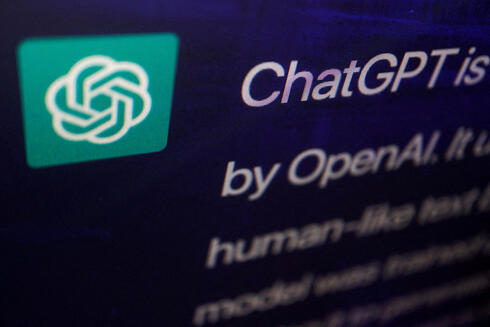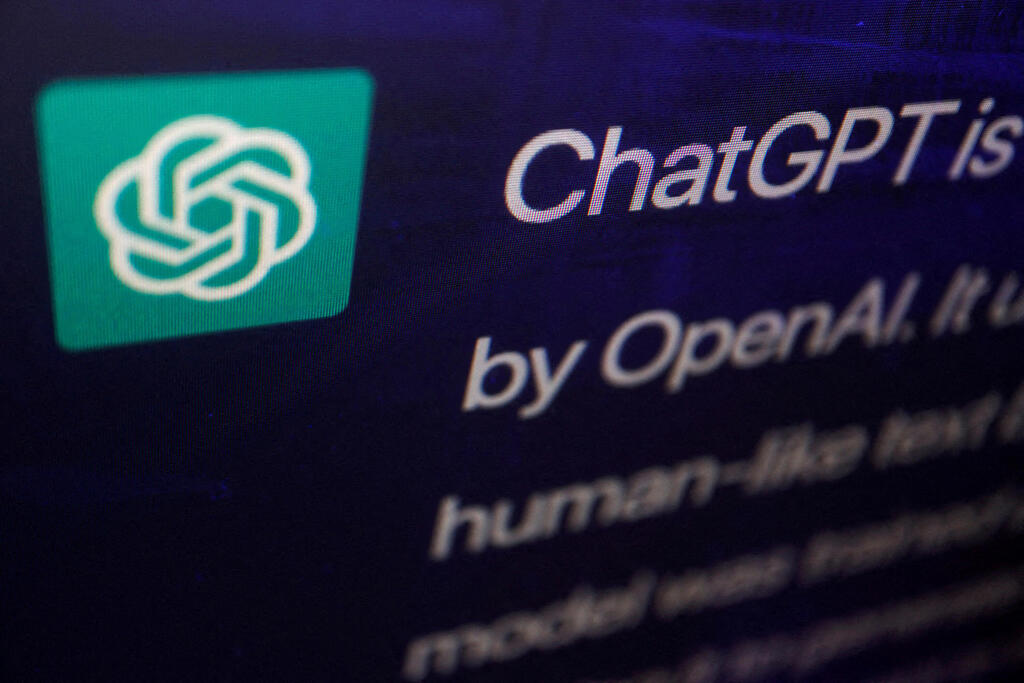
The chatbot money pit: What’s next?
A year and a half after the launch of OpenAI’s ChatGPT, doubts about the economic model of the chatbots are increasing
A year and a half since ChatGPT was launched by OpenAI, it seems that, despite everyone discussing the intense competition in artificial intelligence, many are preoccupied with the obvious question: how to generate profits from chatbots. However, while some attempt to transform the sophisticated conversational chatbot into an economically viable product, more advanced developers have already moved on.
Chatbots are not a new phenomenon. The first notable development was "ELIZA" in 1966, which, although not highly sophisticated, was clever enough to perplex people during a time when interactions with computers were rare. The year 2016 marked a boom period for chatbots, gaining popularity in service, industry, and education sectors under the assumption that they offer users quick and effective support. Despite studies revealing that only a third of users engaged with these bots, their integration still led to reduced customer service costs.
ChatGPT entered this arena after the limitations of chatbots were well established. Even OpenAI did not anticipate the immense interest in the chatbot; prior to its launch, the company estimated that only a small group of "enthusiasts" would show interest, with a maximum of 100,000 users. However, within just five days, over a million people had used ChatGPT, making it one of the most popular applications on the internet. It seems that OpenAI overlooked the lesson learned by Joseph Weizenbaum, the developer of ELIZA, in the 1970s, who noted that brief interactions with a relatively simple computer program could induce delusional thinking in ordinary individuals.
The impact of ChatGPT was primarily philosophical, challenging traditional end-to-end approaches and introducing new paradigms for organizing, retrieving, and utilizing information. Many began to envision its potential to revolutionize industries such as health, law, academia, and research. According to consulting giant BCG, consumers are now willing to experiment with chatbots powered by generative artificial intelligence, despite their disappointing experiences with "traditional" chatbots. The tech giants initially overlooked the hype surrounding chatbots but later caught up by releasing competing tools. Each major player highlighted the capabilities of their tool, often centered around mundane activities like planning travel itineraries.
However, these chatbots do not necessarily require critical or creative thinking, often providing generic or random information sourced from travel sites, blogs, or social networks. Despite this, the interest in chatbots surged, with OpenAI reporting an annual revenue rate of approximately $2 billion as of December 2023, largely driven by corporate subscriptions.
Nevertheless, the profitability of ChatGPT remains uncertain. OpenAI's CEO, Sam Altman, stated that the company had reached its limit in terms of developing the model to support this type of chatbot. Similarly, Google and Meta rely on revenue from other core products, such as advertising, to fund the development of chatbots, as the bots themselves mainly incur costs.
In the search services segment, chatbots have not delivered the promised disruption. Despite integrating generative artificial intelligence capabilities into Bing, Microsoft's global search market share has only seen a modest increase, falling short of expectations following a significant investment in OpenAI.
Amidst this backdrop, startups are directing their energy towards building new tools around chatbots rather than solely focusing on the chatbots themselves. These tools offer a variety of functionalities, from providing character-based answers to recording meeting summaries and task updates.
The significant gap between the interest in investing in these startups and the economic value generated by chatbots may be attributed to inflated expectations and the legacy of past hype. While chatbots hold potential economic value, much of the current valuation stems from past enthusiasm rather than present capabilities. As a result, startups face challenges in extracting standalone value from chatbots, while industry leaders have already shifted focus to multimodal tools capable of deeper and more layered interactions, marking the next stage in artificial intelligence development.














